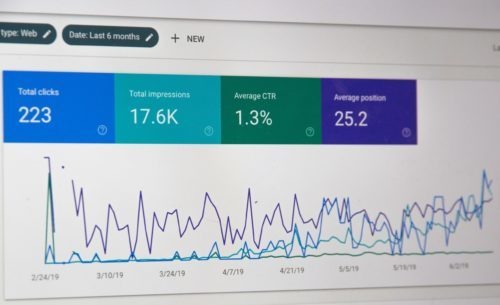It’s the time of year when organizations begin to plan their year-end campaigns. December is the largest month for donations. We help our clients design integrated multi-channel appeals. These campaigns will hit mailboxes, inboxes, social media, websites, and even digital ads.
The planning typically starts no later than August with most of the production done by the end of October. Since we’ve done these numerous times, we’ve learned some things along the way. Here are four lessons we’ve learned that your organization might find useful:
1. Tell a story
A year-end campaign is not an annual report or a prospectus. You’re not trying to provide an organizational overview. Rather, you need to tell a story about a person who has been impacted by your organization’s work. Don’t just tell me your organization served 4,000 children. Tell me about Patrick, the young boy whose grades have improved thanks to the after-school tutoring your organization provided.
If you want donors to believe your organization makes a real impact in the lives of people, tell a story that puts the impact on display. The story doesn’t have to be long. There’s even a place for stats. “Your support enabled us to serve 4,000 children just like Patrick.”
2. Be specific
Every organization is doing specific work in a specific place. So be specific. Don’t just tell me your organization needs $450,000 for your annual budget. Tell me your organization needs $127,000 to expand after-school tutoring to three middle schools on the east side of town. Even better, tell me that my gift of $115 will provide after-school tutoring to one child in a low-income neighborhood.
You don’t want to ask for general operating support. Let’s be honest, no one likes to feel they’re supporting overhead. There are ways to ask for specific-sized gifts for specific projects that will still be unrestricted funds. Even though your goal is to raise as much money as possible, give me specific reasons and levels to donate.
3. Ask more than once
Some organizations are timid when it comes to asking. Even Jesus commended the persistence of the neighbor who kept asking for bread (Luke 11:8). Don’t be afraid to ask in every piece of communication. You can’t assume people read every item you send them. People need reminders and nudges to move them from consideration to donation.
4. Use multiple channels
People need multiple touchpoints before they will take action. This is why you receive direct mail offers in your mailbox from meal kit providers like Hello Fresh in addition to hearing their ads during your favorite podcast, seeing their billboards while you drive, and receiving an ad while browsing your social feed. The different touchpoints help create recall. Since you will be using multiple channels, you’ll need a unifying look and theme. The messaging needs to be consistent and simple across the channels in order to achieve the desired effect.
There’s more that could be said about incentives, matches, and segmentation. However, if you do the four things mentioned above, you will set your organization apart from most appeals people will receive. Find more details, examples, and specific tips in our short guide to end-of-year giving campaigns.
